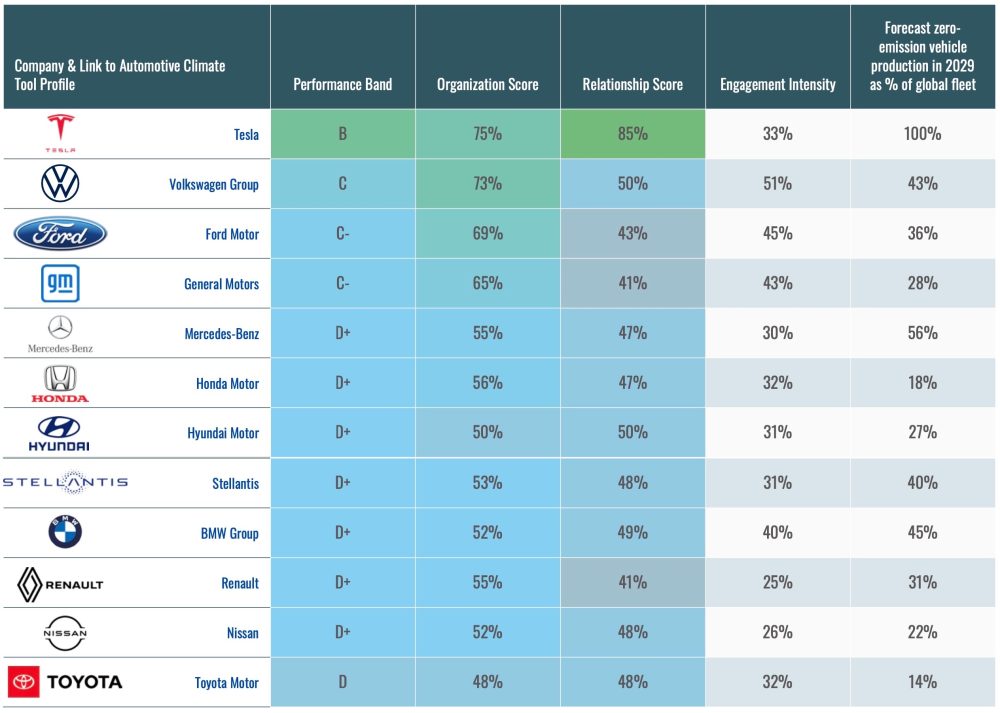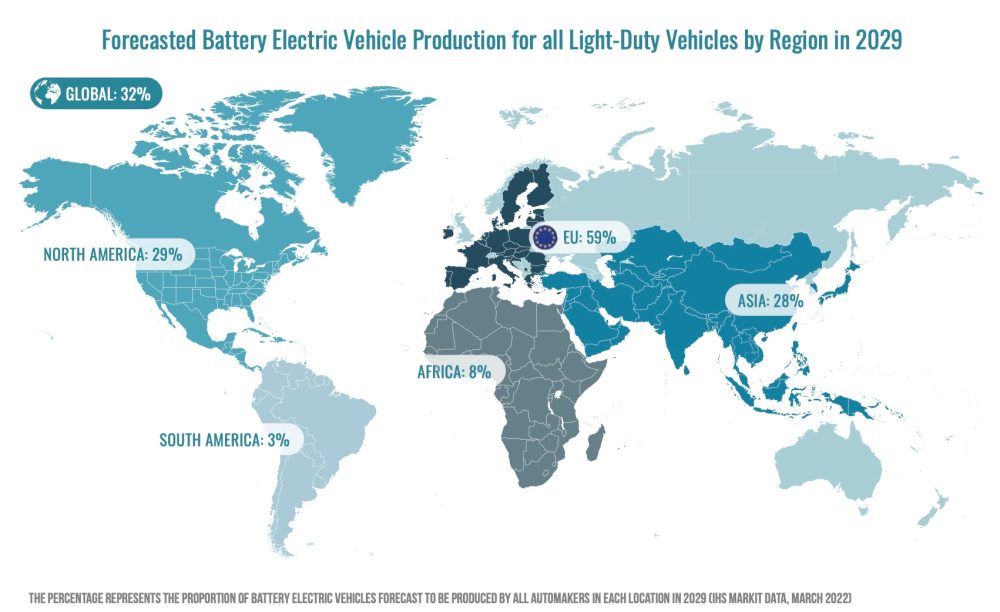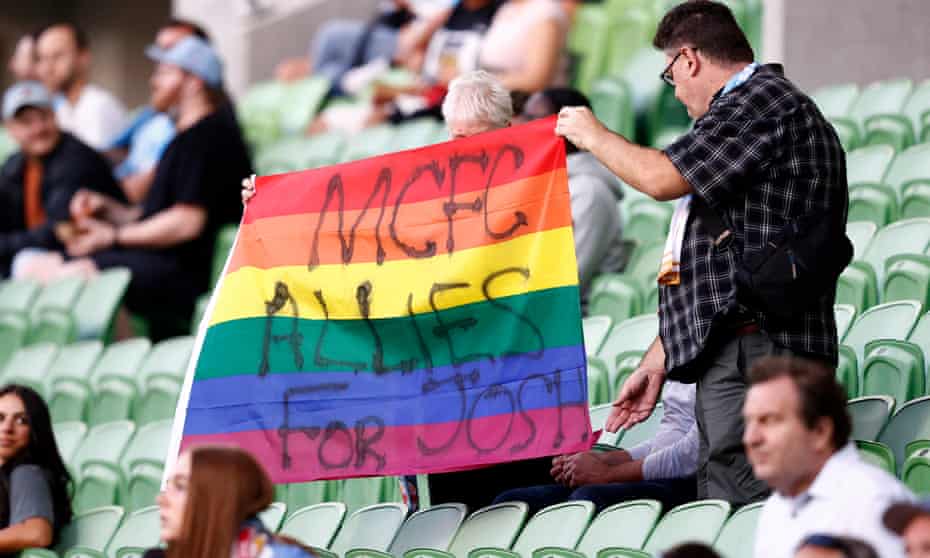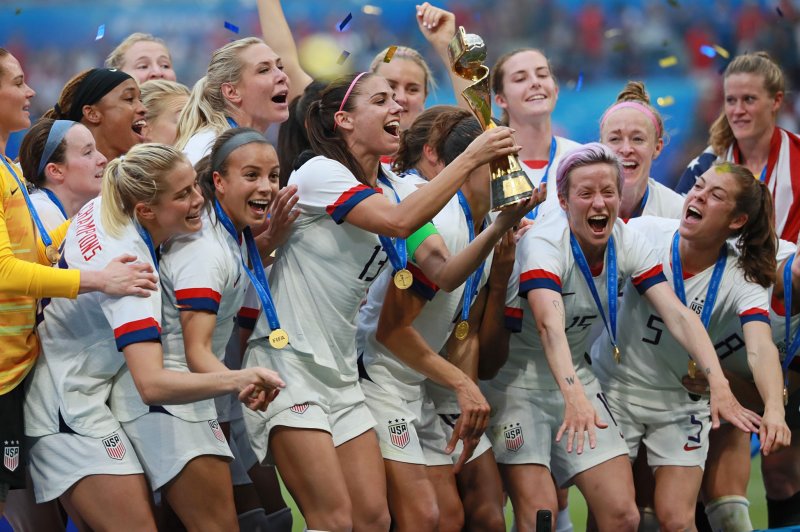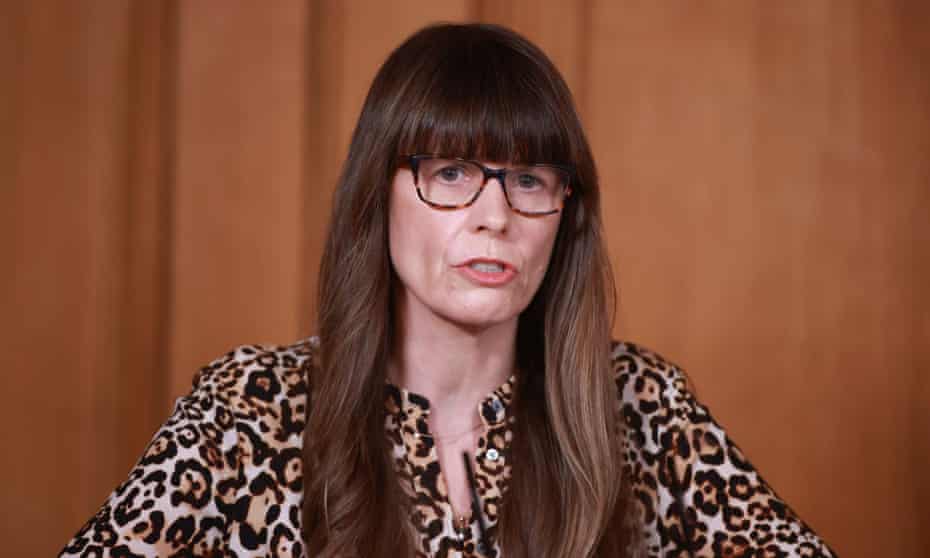UCP AND THE CONS ARE FRONTS FOR THE (TINY) CANADIAN GUN LOBBY
Ottawa should delay or fully disarm “a long gun registry” set to take effect Wednesday, says the Alberta government.
BLAH BLAH BLAH
Bill Kaufmann -
Calgary Herald

© Provided by Calgary HeraldA rack of
And a Calgary gun store owner said he’s been selling far more firearms than than normal this week to customers who want to avoid the stricter rules before they’re reality.
Bill C-71 which includes additional verification for acquisition and possession licenses for non-restricted firearms and additional book keeping for businesses will be ineffective in keeping guns out of criminal hands and doesn’t give those affected by it enough time to prepare, said Alberta Chief Firearms Officer Teri Bryant.
“Despite the federal government claiming Bill C-71 is important to our public safety, distressingly little has been done to prepare individuals, businesses or my staff,” Bryant said in a press release.
“Our office has been inundated with calls since news of the deadline emerged because Alberta firearms owners do not understand the changes and are concerned about the potential for a new backdoor long gun registry.”
Ottawa should either delay implementing the legislation for a year or scrap it altogether, she said.
In a letter to federal Public Safety Minister Marco Mendicino, Bryant said there are additional fears that under Bill C-71, firearms described by Ottawa as assault weapons purchased legally prior to to the legislation could be confiscated.
“This concern has been heightened by your government’s plans under the May 2020 order-in-council to use the existing registry of restricted firearms to confiscate the property of owners who acquired firearms in full conformity with the law at the time of acquisition,” Bryant stated.
The bill was passed in June 2019 but Bryant said those licensing provisions were only announced May 11, giving those affected little time to either adopt or understand them.
Canadian gun control groups contend the legislation is needed to enhance public safety by keeping better track of gun licenses and sales and banning what they call “military assault weapons.”
The Coalition for Gun Control argues the federal government isn’t doing enough to clamp down on firearms amid a rise in shootings in recent years and is calling for a national ban on handguns with limited exceptions.
“Canada is one of only a few nations in the world to have moved backwards with gun control reform,” states the group’s website.
“Few Canadians know that the AR-15, a military weapon used in many mass shootings, is sold to civilians in Canada. Many Canadians think handguns are virtually banned — there are now almost 1 million legally-owned handguns in Canada.”
Acccording to RCMP which oversees the verification system, individuals and businesses need to obtain a reference number from the Registrar of Firearms confirming the validity of the buyer’s firearms licence before transferring a non-restricted firearm.
Businesses will also be required to retain sales and inventory records related to non-restricted firearms for a minimum of 20 years.
“This is not the return of the Long Gun Registry. The records created by businesses will be held by businesses — not government — and the police will require judicial authorization to access them,” states the RCMP’s website.
One Calgary gun store owner said the new legislation is burdensome, ineffective and a threat to privacy.
But James Cox said he’s seen a huge bump in sales in the past week as customers try to beat the clock before Bill C-71 takes effect.
“I’m going to send (Prime Minister) Justin Trudeau thanks for all the extra business,” said Cox of the Shooting Edge, 510 77 Ave. S.E.
“People want to get the semi-autos before the registry kicks in.”
But Cox said his gratitude towards the Liberal government ends there, adding responsibility for additional verification is being downloaded on businesses.
And he said the demand for more personal information from firearms purchasers will put their privacy at risk, for no good reason.
“It’s just Liberal talking points that it’s going to get weapons off the street, but how is that?” said Cox.
“These guys are out of control … it’s going to be a nightmare.”
A number of Alberta gun shops, he said, are shutting down to better prepare for the legislation’s implementation.
The use of firearms like the AR-15, he said, is already highly-restricted and that particular rifle has never been used in crimes in Canada. BULLSHIT
SEE BELOW
“This isn’t the U.S. – the reason we have fewer firearms deaths in Canada is because of (mandatory) training,” said Cox. GUN CONTROL BY ANY OTHER NAME
In 2020, there were 19,350 gun-related homicides in the U.S. – 70 times the 277 recorded that year in Canada.
The U.S. population is about 10 times larger than Canada’s.
Public Safety Canada didn’t comment on the Alberta government’s request to halt the legislation’s implementation.
BKaufmann@postmedia.com
Twitter: @BillKaufmannjrn
A short history of the AR-15 in Canada
Demanded action
Many newspapers and MPs also demanded action. Jean-Pierre Blackburn, a Progressive Conservative Québec MP, asked:
“Why are weapons of this kind allowed in Canada? Why do we let people own such dangerous and destructive weapons? That doesn’t make sense. Protecting the public and public safety should be our prime concern.”
The federal government eventually moved a number of semi-automatic firearms to the lists of restricted and prohibited weapons, but many other such guns remain in the non-restricted category.
Manufacturers and retailers have aggressively marketed these “black guns” or “modern sporting rifles” in Canada and the United States. The popularity of such weapons has contributed to a substantial increase in the number of restricted firearms owned by Canadians in recent years.
Semi-automatic military-style rifles have become an important symbol for critics of the Canadian gun control regime.
The National Firearms Association has employed an image consisting of a silhouetted maple leaf incorporating such a gun. A rival group, the Canadian Coalition for Firearm Rights, has used a similar logo.
Conservatives friendly to gun groups
The Conservative Party of Canada has been especially cozy with gun groups in recent years and opposes the proposal to ban assault-style firearms, including the AR-15. In fact, Conservative MP Bob Zimmer tabled a petition in 2016 calling for the AR-15 to be reclassified as a non-restricted firearm.
The future availability of the AR-15 and similar guns in Canada therefore appears to rest on the results of the upcoming federal election.
Canadians must decide if such guns should remain on the market or whether Canada will take a course similar to the United Kingdom, Australia and, most recently, New Zealand, and limit the availability of such firearms.
THE CONVERSATION
Published: September 22, 2019
Canada’s governing Liberals have proposed a set of new gun control measures that would ban military-style assault rifles, including the AR-15. They contend these weapons “are specifically designed to inflict mass human casualties and have no place in Canadian society.”
The response from gun groups has been vitriolic. The National Firearms Association, for example, says that the Liberals’ gun proposals are an “attack on the rights, freedoms and property of Canadians.”
The decision to highlight the AR-15 in the proposal is unsurprising. The gun has been controversial since its introduction into the Canadian marketplace.
The AR-15 is the civilian version of the standard military weapon, the Colt M-16, used during much of the Vietnam War by the United States. After Colt’s patent for the AR-15 expired, other gun-makers began selling generic models. Colt recently announced it will stop producing the AR-15 for the civilian market, though other manufacturers will continue to make versions of the weapon available to the general public.
The AR-15 appeared in the Canadian market by the mid to late 1970s. Some Canadians immediately began to express concern about the gun. The Windsor Star, for instance, wrote in 1975 that criminals “might very well show some interest in the high-powered AR-15.”
Read more: Calls for stronger handgun laws in Canada have deep roots
The Canadian Association of Chiefs of Police also raised concerns about such firearms, and in 1977 the federal government declared the AR-15 a restricted weapon, meaning that a potential purchaser had to pass a higher threshold to acquire the gun.
This move angered some gun groups, who charged that the classification decision was based on the gun’s appearance rather than its capability. An advocate for firearm owners, Michael Martinoff, responded by declaring before a parliamentary committee that he would refuse to register his AR-15.
The complaints of the gun community led the government of former prime minister Joe Clark to reclassify the AR-15 as a non-restricted firearm. The Liberals under Jean Chrétien again made the AR-15 a restricted weapon.
Favourite weapon of mass shooters
In the United States, the AR-15 has been employed by shooters in some of the country’s most infamous mass murders.
Some gun advocates claim the gun has never been used in Canadian criminal activity. That’s inaccurate.
In 1982, Saskatoon police shot 18-year-old hostage-taker Richard Landrie after a lengthy standoff. Landrie was dressed in battle fatigues and armed with an AR-15. He fired 50 rounds during the standoff, shooting off one of his hostage’s fingers.
Media reports also indicate that AR-15s have been seized in several drug raids, taken from alleged bank robbers in British Columbia, involved in a 2009 murder and employed in the 2004 drive-by shooting of Louise Russo in suburban Toronto as she waited in line to buy a sandwich for her daughter.
Other shooters have used similar semi-automatic guns to kill multiple victims.
Most notoriously, the Montreal massacre shooter used a semi-automatic Ruger Mini-14 when he murdered 14 women in 1989.

Published: September 22, 2019
Canada’s governing Liberals have proposed a set of new gun control measures that would ban military-style assault rifles, including the AR-15. They contend these weapons “are specifically designed to inflict mass human casualties and have no place in Canadian society.”
The response from gun groups has been vitriolic. The National Firearms Association, for example, says that the Liberals’ gun proposals are an “attack on the rights, freedoms and property of Canadians.”
The decision to highlight the AR-15 in the proposal is unsurprising. The gun has been controversial since its introduction into the Canadian marketplace.
The AR-15 is the civilian version of the standard military weapon, the Colt M-16, used during much of the Vietnam War by the United States. After Colt’s patent for the AR-15 expired, other gun-makers began selling generic models. Colt recently announced it will stop producing the AR-15 for the civilian market, though other manufacturers will continue to make versions of the weapon available to the general public.
The AR-15 appeared in the Canadian market by the mid to late 1970s. Some Canadians immediately began to express concern about the gun. The Windsor Star, for instance, wrote in 1975 that criminals “might very well show some interest in the high-powered AR-15.”
Read more: Calls for stronger handgun laws in Canada have deep roots
The Canadian Association of Chiefs of Police also raised concerns about such firearms, and in 1977 the federal government declared the AR-15 a restricted weapon, meaning that a potential purchaser had to pass a higher threshold to acquire the gun.
This move angered some gun groups, who charged that the classification decision was based on the gun’s appearance rather than its capability. An advocate for firearm owners, Michael Martinoff, responded by declaring before a parliamentary committee that he would refuse to register his AR-15.
The complaints of the gun community led the government of former prime minister Joe Clark to reclassify the AR-15 as a non-restricted firearm. The Liberals under Jean Chrétien again made the AR-15 a restricted weapon.
Favourite weapon of mass shooters
In the United States, the AR-15 has been employed by shooters in some of the country’s most infamous mass murders.
Some gun advocates claim the gun has never been used in Canadian criminal activity. That’s inaccurate.
In 1982, Saskatoon police shot 18-year-old hostage-taker Richard Landrie after a lengthy standoff. Landrie was dressed in battle fatigues and armed with an AR-15. He fired 50 rounds during the standoff, shooting off one of his hostage’s fingers.
Media reports also indicate that AR-15s have been seized in several drug raids, taken from alleged bank robbers in British Columbia, involved in a 2009 murder and employed in the 2004 drive-by shooting of Louise Russo in suburban Toronto as she waited in line to buy a sandwich for her daughter.
Other shooters have used similar semi-automatic guns to kill multiple victims.
Most notoriously, the Montreal massacre shooter used a semi-automatic Ruger Mini-14 when he murdered 14 women in 1989.

Jean-Francois Larivee, husband of Maryse Laganière, who was shot and killed by Marc Lépine in the Montreal massacre in 1989, attends a news conference in Montreal in 2011 to push for gun control.
THE CANADIAN PRESS/Graham Hughes
That heinous crime led to calls to ban military-style semi-automatic rifles. A student-led petition garnered more than 500,000 signatures demanding the ban.
That heinous crime led to calls to ban military-style semi-automatic rifles. A student-led petition garnered more than 500,000 signatures demanding the ban.
Demanded action
Many newspapers and MPs also demanded action. Jean-Pierre Blackburn, a Progressive Conservative Québec MP, asked:
“Why are weapons of this kind allowed in Canada? Why do we let people own such dangerous and destructive weapons? That doesn’t make sense. Protecting the public and public safety should be our prime concern.”
The federal government eventually moved a number of semi-automatic firearms to the lists of restricted and prohibited weapons, but many other such guns remain in the non-restricted category.
Manufacturers and retailers have aggressively marketed these “black guns” or “modern sporting rifles” in Canada and the United States. The popularity of such weapons has contributed to a substantial increase in the number of restricted firearms owned by Canadians in recent years.
Semi-automatic military-style rifles have become an important symbol for critics of the Canadian gun control regime.
The National Firearms Association has employed an image consisting of a silhouetted maple leaf incorporating such a gun. A rival group, the Canadian Coalition for Firearm Rights, has used a similar logo.
Conservatives friendly to gun groups
The Conservative Party of Canada has been especially cozy with gun groups in recent years and opposes the proposal to ban assault-style firearms, including the AR-15. In fact, Conservative MP Bob Zimmer tabled a petition in 2016 calling for the AR-15 to be reclassified as a non-restricted firearm.
The future availability of the AR-15 and similar guns in Canada therefore appears to rest on the results of the upcoming federal election.
Canadians must decide if such guns should remain on the market or whether Canada will take a course similar to the United Kingdom, Australia and, most recently, New Zealand, and limit the availability of such firearms.
Author
R. Blake Brown
Professor, Saint Mary’s University
Disclosure statement
R. Blake Brown receives funding from the Social Sciences and Humanities Research Council of Canada.
Professor, Saint Mary’s University
Disclosure statement
R. Blake Brown receives funding from the Social Sciences and Humanities Research Council of Canada.
SEE
Canada’s Billion Dollar P3 Boondoggle
What the Liberals and Conservatives Don’t Want You To Know
The real story behind the cost overruns at the Canadian Firearms Centre
The real story behind the cost overruns at the Canadian Firearms Centre
"Just read your piece on the firearms P3 – quite a revelation. I am amazed we have never heard this before – congratulations for bringing it to light." Murray Dobbin, author of Paul Martin Canada's CEO


.png)


